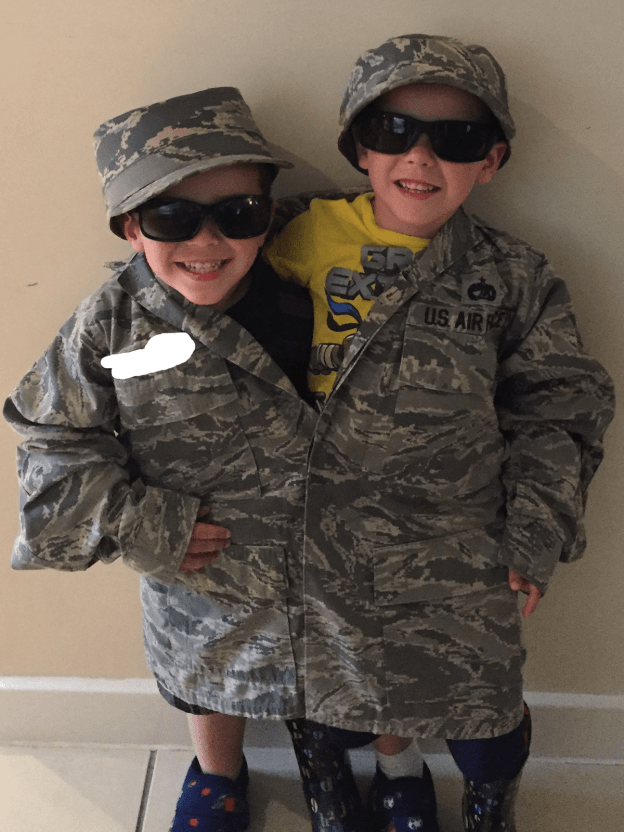The Comoros Islands off the coast of East Africa celebrate National Day on July 6. Just like Independence Day in the United States, Comoros National Day marks the day the islands gained their independence from France.

When the Good Chaplain visited the capitol, Moroni, on the island of Grande Comore, when he deployed to Africa in 2010-2011. The islands only recently gained their independence from France in 1975. A referendum for independence passed with only one of the four main islands — Mayotte voting against it. The other three islands, Grande Comore, Anjouan, and Moheli, voted for the referendum and formed the Union of the Comoros.
A constitutional referendum passed in 2018 eliminated the long standing single five-year presidential term two terms. Since 2001, the presidency rotated among the three islands. The referendum also designated Islam as the state religion and granted the president power to eliminate the three vice presidents — one from each island.
Roughly 98 percent of the population is Muslim, with Sunni Islam as the main branch, with African Arabs making up the majority ethnic group, with 86 percent of the population. The Good Chaplain met one of the few non-Muslims on the islands. This man (whose name is being withheld for his protection) was well-respected and well-known on the islands. “Everyone knew him,” the Good Chaplain said. Comoros is the only Muslim-majority country in Southern Africa.
The man converted from Islam to Christianity while attending school in the United States. He realized he couldn’t find answers about God in the Quran, but were in the Christian Bible and he converted. They imprisoned him for two years when he returned to the island, for converting, but eventually let out of prison and became a well-known member of the community. I’ll tell you more about him in my next book on the Good Chaplain’s African deployment.

According to the 2019 Country Reports on Human Rights Practices (Comoros – United States Department of State) put out by the US Department of State, “significant human rights issues” include torture, arbitrary detention, abysmal prison conditions, political prisoners restrictions on free expression, the press and the internet, severe restrictions on religious freedom, corruption, human trafficking, criminalizing same-sex relationships between adults, and forced child labor.
Despite the deplorable human rights conditions, the Comoros Islands is a ‘place of amazingly warm, friendly people, all-around fantastic weather, and world-class beaches,” according to The Unusual Traveler blog. The author of the blog post found the islands to be safe, even when walking around at night. “The biggest danger here is, as always, the traffic,” he wrote.
All-in-all, the Good Chaplain enjoyed his visit to Moroni and I can’t wait to share his trip with you in the next book.
Until then,
Vicki
Victoria Terrinoni is an author, freelance writer, blogger, and wife of a retired Air Force Chaplain, who served for 31 years. She and her husband, David, lived in 10 states, including Alaska, twice, and Hawaii. Where You Go, I Will Go is her first book.








































